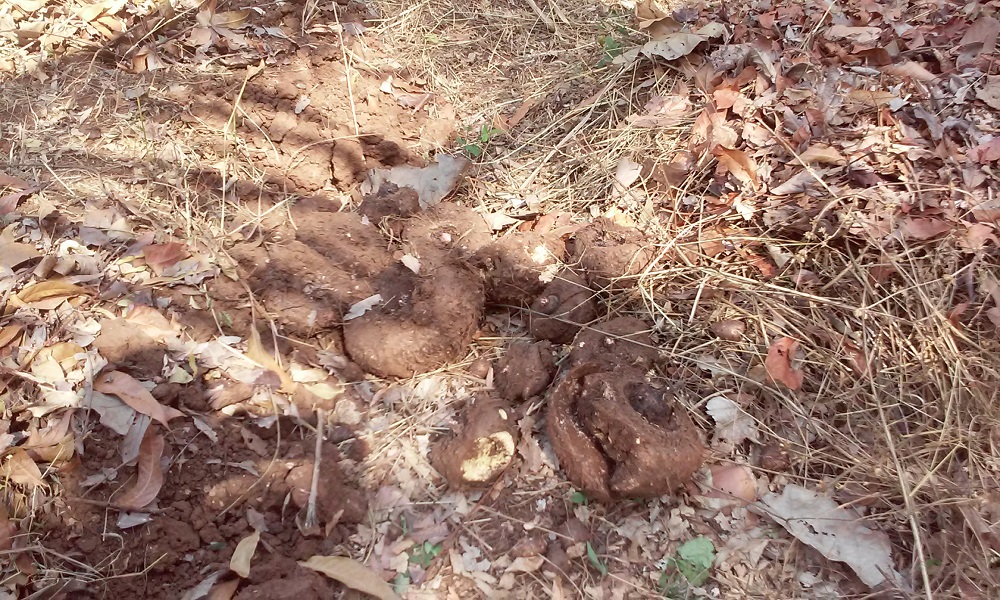Last year I planted some coconut saplings and lot of them didn't survive the summer, especially rain was bad in the last season. This year planning to put some seeds and while planning for this, came across some details in Subash Palekar's book - Five Layer Palekar Model's, so thought of sharing it.
The book gives lot of details about selecting mother tree, seed nuts with details of weight of the nut, size of leaves etc, those details are avoided here.
Basically the mother plant should be selected which is not near the compost pit or cowshed or near the well which gets extra water or manure. The tree should give good production of nuts consistently.
It is best to collect fallen coconuts so that they are fully matured. Keep the seeds under shade for 2-3 months with apex vertical and sprinkle water once in a while.
Towards June when rain starts, make small pits just to cover the seed. Treat the seeds with Bijamritha and insert the seed horizontally and cover it with mulch and 'Ghanajeevamritha'. Apply Jeevamirtha once in a month. It will take around 3 months for the seed to germinate.
Here is the most interesting part which I am planning to follow in the next season...
Coconut plants grow well in shadow in its childhood and nitrogen also. It is better to provide shadow using dicot leguminous plants like pigeon pea or glyrecedia. At a 3 feet distance from the nut dibble seeds of Bijamritha treated pigeon pea mixed with creeper cow pea and Bajra millet. Before the coconut seed germinates, leguminous plants will grow to a height of 120-150cm and will provide good shade and also as a wind break.
I think the above method is quite an effective method to shield the young plants from hot sun.
Basically the mother plant should be selected which is not near the compost pit or cowshed or near the well which gets extra water or manure. The tree should give good production of nuts consistently.
It is best to collect fallen coconuts so that they are fully matured. Keep the seeds under shade for 2-3 months with apex vertical and sprinkle water once in a while.
Towards June when rain starts, make small pits just to cover the seed. Treat the seeds with Bijamritha and insert the seed horizontally and cover it with mulch and 'Ghanajeevamritha'. Apply Jeevamirtha once in a month. It will take around 3 months for the seed to germinate.
Here is the most interesting part which I am planning to follow in the next season...
Coconut plants grow well in shadow in its childhood and nitrogen also. It is better to provide shadow using dicot leguminous plants like pigeon pea or glyrecedia. At a 3 feet distance from the nut dibble seeds of Bijamritha treated pigeon pea mixed with creeper cow pea and Bajra millet. Before the coconut seed germinates, leguminous plants will grow to a height of 120-150cm and will provide good shade and also as a wind break.
I think the above method is quite an effective method to shield the young plants from hot sun.










































